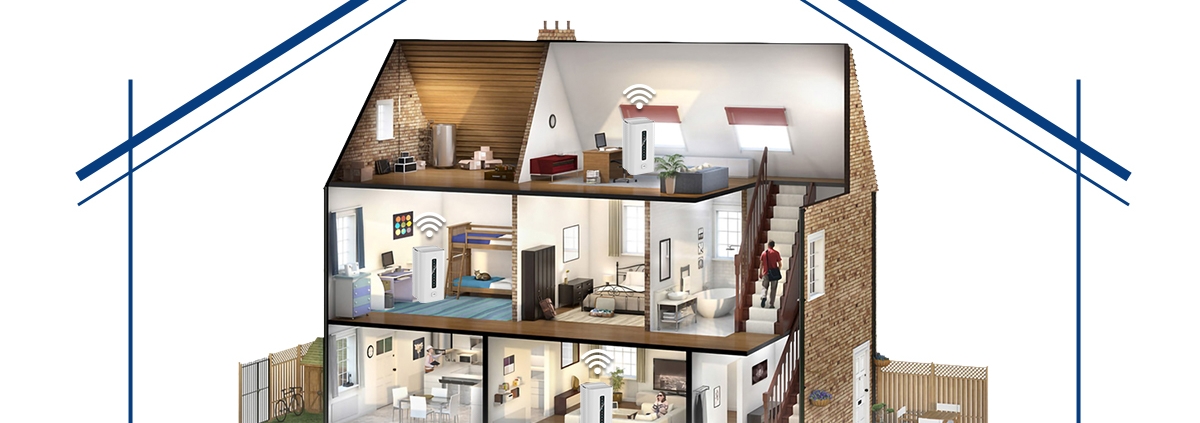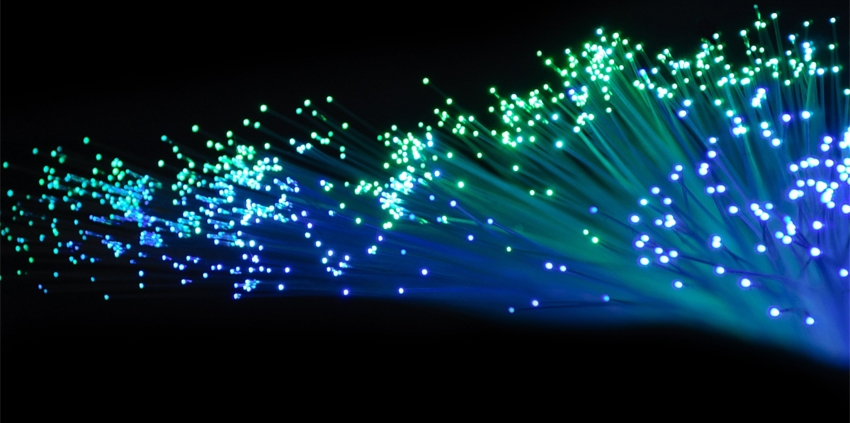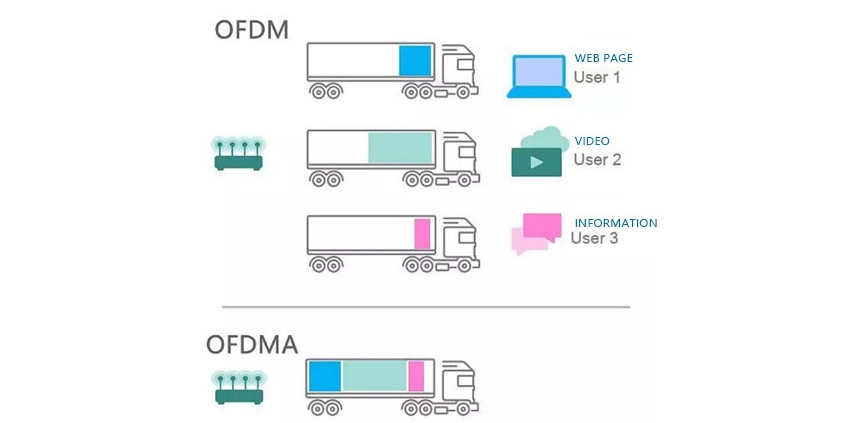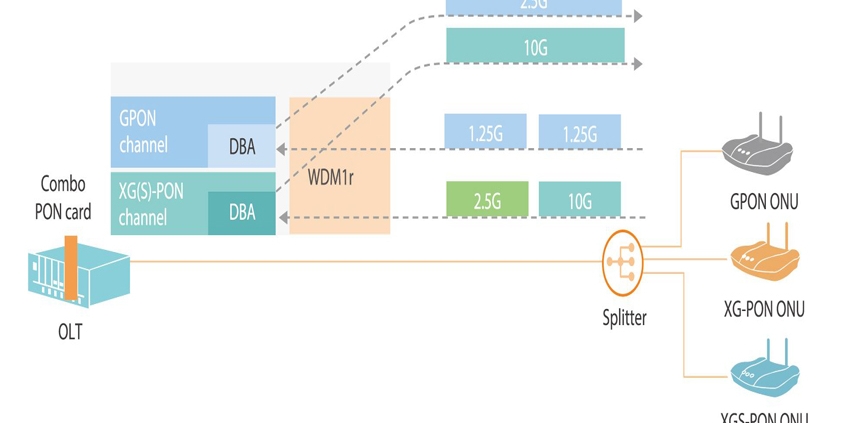
A Complete Guide to 10G PON
In developed countries, nearly 85% of the population accesses the internet from home. This fact increases the need for more bandwidth.
Significantly increased bandwidth can result in slower downloads, choppy streaming, and interruptions during online activities. 10GPON technology enables consumers and businesses to avoid problems like lag and buffering.
Keep reading for a complete G PON guide and an introduction to 10GPON technology.
An Overview of GPON
Fiber-optic networks work using different types of PON standards. PON stands for passive optical network. In short, it sends light through cables.
There are several PON standards. GPON is one of them.
A G PON system is a type of network that works using fiber optic technology. It gives a residence or business access to even faster high-speed internet.
GPON means Gigabit Ethernet PON. All the voice and data on GPON gets sent using ATM (Asynchronous Transfer Mode).
This method uses Ethernet for data and uses proprietary encapsulation for voice transmissions. In other words, voice and data get sent in different ways.
The equipment uses a fixed-sized cell instead of data packets that vary in size. This method is better compared to an EPON (Ethernet passive optical network). Its increased bandwidth capability improves both downstream and upstream speeds.
How GPON Works
With a GPON framework, a passive optical distribution network (PODN) links numerous optical network terminals, or ONTs/ONUs, together. An optical line terminal (OLT) connects the ONTs in different places.
The main feature of GPON is it makes use of passive splitters in the fiber optic distribution network (ODN). In other words, one single feeding fiber from an ISP can serve many residences or businesses.
An Example of GPON
Consider an internet service provider (ISP). Your ISP sends a signal using an optical line terminal (OLT). This is the GPON starting point.
All the data services your ISP sends to your computer, phone, and TV gets sent from that point. The data moves through that single-fiber optical distribution network (ODN). It continues until it comes to a passive optical splitter.
As soon as the information reaches the splitter, the splitter breaks down the light signal into several signals. Now, those signals can go on to different ONT/ONU units in your home or establishment to give you access to services. The endpoints for the signals are the ONTs/ONUs.
This is a basic explanation. However, it provides you with a high-level understanding of how GPON architecture works. The point is that GPON has a lot of advantages that make it possible to quickly, easily, and inexpensively install fiber in a wide range of places.
Understanding 10GPON
10 Gbps passive optical networks (10GPONs) are a cutting-edge solution following the current-generation gigabit passive optical network (GPON) and Ethernet passive optical network (EPON) solutions. It has more bandwidth and more features than current-generation solutions.
10GPON uses a passive fiber optic tree-like infrastructure. Each end-user has a separate fiber that connects to a network node. These fibers branch out from a single one that connects to other network nodes.
The Origins of 10GPON
The IEEE-approved standard for 10G-EPON is 802.3av. It includes 10/1 Gbps and symmetrical 10 Gbps applications.
That International Telecommunication Union (ITU) set up two standards for 10GPON in 2010. The union established them with asymmetrical and symmetrical implementations of the standards.
Asymmetrical 10GPON—or XG-PON1 on a Full-Service Access Network (FSAN) —has 10 Gbps downstream and 2.5 Gbps upstream speeds. Symmetrical 10GPON—XG-PON2 on an FSAN—has 10 Gbps both ways.
10GPON uses different wavelengths for upstream and downstream compared to GPON, so both systems can work on the same fiber. The wavelengths are 1,577nm for upstream and 1,270nm for downstream traffic.
The Advantages of 10 G PON
In this way, communications service providers (CSPs) can provide GPON service to most customers. Still, they can also offer high-bandwidth 10GPON services to more expensive customers like businesses or high-density multi-dwelling units.
10G GPON is the next step in the evolution of GPON technology. Several factors led to the technological development of 10G GPON. For instance, developing new services requires more bandwidth, but GPON technology can’t meet today’s bandwidth needs.
Also, innovative access technologies on the user side need more bandwidth, so outdated GPON technology will soon have problems handling traffic. In addition, network construction costs go up when there’s a higher split ratio and a greater transmission distance, resulting in the need for an updated standard.
Let’s look at the technical aspects of each of the standards.
G PON Guide and Specifications
GPON technology is the original fiber-optic standard. It uses 1480 to 1500 nm wavelength for downstream traffic and 1490 to 1310 nm for upstream traffic. The center wavelength is 1490 nm downstream and 1310 upstream.
Meanwhile, the maximum line rate for downstream traffic is 2.488 Gbit/s, while the upstream rate is 1.244 Gbit/s. GPON has a maximum physical transmission distance of 60 km.
XG PON Guide and Specifications
XG PON and XGS PON are both 10GPON technologies. They have a maximum transmission distance of 100 km.
XG PON technology uses a wavelength of 1575 to 1580 nm for downstream traffic and 1260 to 1280 nm for upstream traffic. The center wavelength is 1577 nm downstream and 1270 for upstream traffic. Meanwhile, the maximum line rate for downstream traffic is 9.953 Gbit/s, while the upstream rate is 2.488 Gbit/s.
XGS PON Guide and Specifications
XGS PON technology specifications are very similar to those of XG PON. It uses a wavelength of 1575 to 1580 nm for downstream traffic and 1260 to 1280 nm for upstream traffic. Also, as with an XG PON system, the center wavelength is 1577 nm downstream and 1270 upstream.
Here, however, is where the latest XGS PON equipment offers a significant benefit. It has a maximum line rate of 9.953 Gbit/s for downstream and upstream traffic.
Things to Know About GPON Specs
In terms of how far a transmission can go, the split ratio, optical module size, and fiber quality all affect the distance. Also, the actual split ratio depends on the type of optical module and the length of the fiber.
Benefits of 10GPON
The telecom industry is excited about a lot of things. These trends might include 5G, artificial intelligence, the Industrial Internet, the Internet of Things, data centers, and more.
Optical fiber access networks are an essential part of the infrastructure of the digital economy. Fiber optic cable is opening up many new possibilities for growth and development.
With 10GPON, the downstream bandwidth is four times faster than with GPON, as is the downstream bandwidth. If you want to download a Blu-ray movie, you only have to wait 40 seconds.
There Are a Lot of Good Things About 10 GPON
10GPON enables providers to sell high-bandwidth products like Blu-ray titles on the traditional home broadband market. It makes it possible to deliver the product to the average user.
As a result, average revenue will go up because companies can offer a more attractive package. This is the most apparent benefit of 10GPON.
Technical analyses show that upgrading to 10GPON can help companies make more money. It also saves companies money.
For commercial scenarios that need symmetric broadband, telecoms can use a symmetrical 10GPON to support four times as much bandwidth as a GPON.
10GPON also has a lower latency. There are already some new technologies in the industry that can even lower the latency of OLT / ONU to the microsecond level. They meet the needs of special enterprise leased lines and guarantee the SLA.
10 GPON Offers Even More Benefits
Telecoms only need to swap out the central office and terminal ONT equipment to upgrade to 10GPON. This is because there’s no need to change the ODN network. After the bandwidth increases, especially if it can support symmetrical bandwidth, it can open up more applications and generate more revenue.
Also, 10GPON doesn’t change much in terms of operation and upkeep. Service provisioning, equipment configuration, and network management are all the same as the previous PON standards, so there isn’t a lot of extra work, and labor costs can stay the same.
Now Is the Time for Innovation
The architecture of the OLT platform is ready for large-scale deployment. A good OLT architecture must exist for it to work well with the network, which means it must have the capability to handle the bandwidth and performance of the network.
When you move to 10GPON, traffic will go up by more than ten times. In this scenario, the OLT must have the capability to deal with digital torrents. A traditional centralized forwarding architecture can’t meet these needs.
The cost and power consumption of the core forwarding chip can’t compete with this demand. To improve the system’s speed and reliability, decentralizing business processing to each business board relieves system bottlenecks.
Networking With an Eye on Tomorrow
We hope our brief overview has helped you see the benefits of 10GPON.
If you need a large-scale deployment for your fiber optic network, Orfa Tech is at your service, whether you need equipment or a consultation. Please feel free to browse our online catalog and learn more about our full line of GPON networking equipment.










